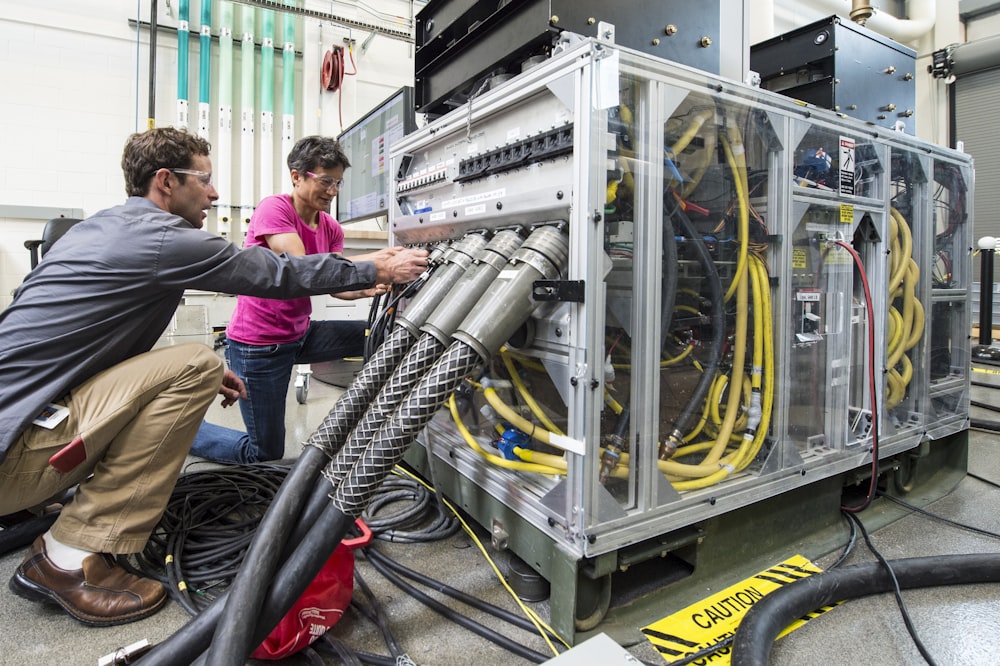ETFs To Gain As US Industrial Output Increases In June
The latest update on U.S. industrial output looks decent amid the gradually reopening economy. Per the Fed’s recently-released data, total industrial production rose 0.4% in June against an increase of 0.7% in May. However, there was a 0.1% decline in manufacturing output largely due to the constrained supply of semiconductors. Meanwhile, there was a 1.4% and 2.7% rise, respectively, in mining and utilities production.
Total industrial production rose 9.8% year over year in June. The metric increased at an annual rate of 5.5% in the second quarter of 2021. Going on, manufacturing output was up at an annual rate of 3.7% despite a decline of 22.5% for motor vehicles and parts.
According to the Fed’s report, the durable manufacturing index was down 0.2% while the nondurable index increased 0.2%. Moreover, the index for other manufacturing (publishing and logging) dipped 0.8%.
Going on, capacity utilization for the industrial sector increased 0.3% in June to 75.4%. In June, the manufacturing capacity utilization for the industry, which is the measure for studying how efficiently firms are utilizing their resources, decreased 0.1% to 75.3%, per the Fed’s report.
Present U.S. Economic Scenario
The world’s largest economy is strongly combatting the coronavirus outbreak. Rapid distribution of coronavirus vaccines from multiple developers, the Fed’s continued support with easy monetary policies, fiscal stimulus support and reopening of non-essential business are strengthening hopes of rapid recovery from the coronavirus-led slump.
Going on, per the latest FOMC minutes, the central bank will wait patiently to attain the “substantial further progress” benchmark before tightening the policy, as stated in a CNBC article. Moreover, the summary from the meeting maintained the same stance on inflation as Federal Reserve chairman Jerome Powell had discussed.
According to a CNBC article, Powell has been bullish on the economic recovery achieved so far from the pandemic-led slump. He also maintained that high inflation levels were temporary and will return to 2% over the long term, per the same article.
Furthermore, the latest U.S. consumer confidence data looks impressive as the metric has surged to its highest level in about 16 months in June. The Conference Board's measure of consumer confidence index stands at 127.3, comparing favorably with an upwardly revised reading to 120.0 in May. Moreover, June’s reading surpassed the consensus estimate of 119.0, per a Reuters’ poll.
Wall Street also cheered President Joe Biden’s announcement of the White House striking an infrastructure deal with a bipartisan group of senators. According to the White House, the infrastructure deal will include $579 billion in new spending.
Strengthening optimism, coronavirus vaccines have been found effective against the Delta variant. These include vaccines by Pfizer (PFE) /BioNTech and AstraZeneca (AZN). Two doses of their COVID-19 vaccine have been found to be about 88% effective against the Delta variant, per a CNN report. Moreover, Moderna’s (MRNA) COVID-19 vaccine has been successful in producing neutralizing titers against all variants tested, including the rapidly spreading delta variant (B.1.617.12).
Meanwhile, investors seem worried about the sustainability of the U.S. economic recovery from the pandemic-led slump and the delta variant threat. Further, after an impressive first half of the ongoing year, market analysts are anxious about Wall Street’s performance for the rest of 2021, according to a CNBC article.
Moreover, annual inflation rate in the United States accelerated to 5.4% year over year in June 2021 from 5% in May, hitting a fresh high since August 2008, and well above forecasts of 4.9%. The latest uptick in inflation was the largest 12-month increase.
The Consumer Price Index for All Urban Consumers (CPI-U) increased 0.9% sequentially in June on a seasonally adjusted basis after rising 0.6% in May, the U.S. Bureau of Labor Statistics reported. This marked the largest one-month change since June 2008 when the index rose 1.0%.
Industrial ETFs That May Gain
The industrial sector, which faced disruption in global supply chains and factory closedowns, is expected to rebound on recovery from the coronavirus-led slump. Against this backdrop, investors can still keep a tab on the following ETFs (see all industrial ETFs here):
The Industrial Select Sector SPDR Fund XLI
The fund tracks the Industrial Select Sector Index (read: Sector ETFs, Stocks to Bet on Q2 Solid Earnings Expectation).
AUM: $19.35 billion
Expense Ratio: 0.12%
Vanguard Industrials ETF VIS
The fund tracks the MSCI US Investable Market Industrials 25/50 Index (read: What Does US Economic Recovery Mean for Industrial ETFs' 2H21?).
AUM: $5.22 billion
Expense Ratio: 0.10%
iShares U.S. Industrials ETF IYJ
The fund tracks the Dow Jones U.S. Industrials Index.
AUM: $1.74 billion
Expense Ratio: 0.42%
Fidelity MSCI Industrials Index ETF FIDU
The fund tracks the MSCI USA IMI Industrials Index.
AUM: $863.7 million
Expense Ratio: 0.08%
Disclaimer: Neither Zacks Investment Research, Inc. nor its Information Providers can guarantee the accuracy, completeness, timeliness, or correct sequencing of any of the Information on the Web ...
more



